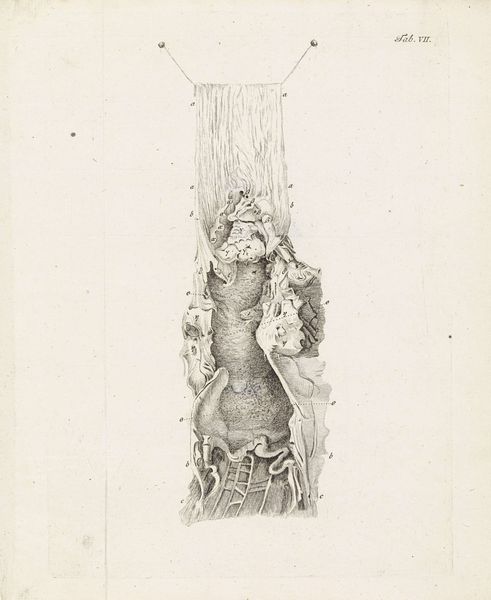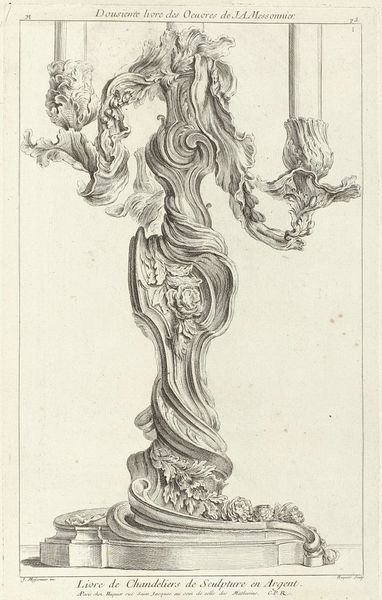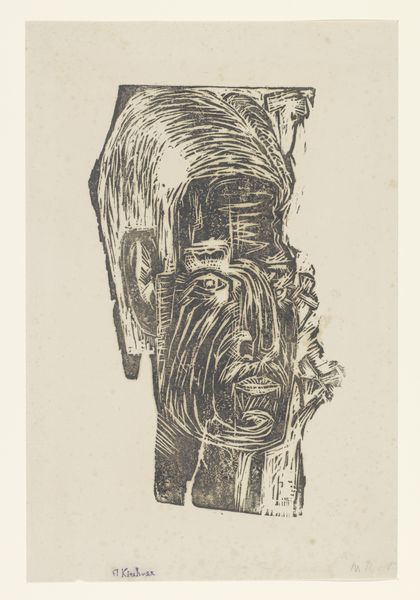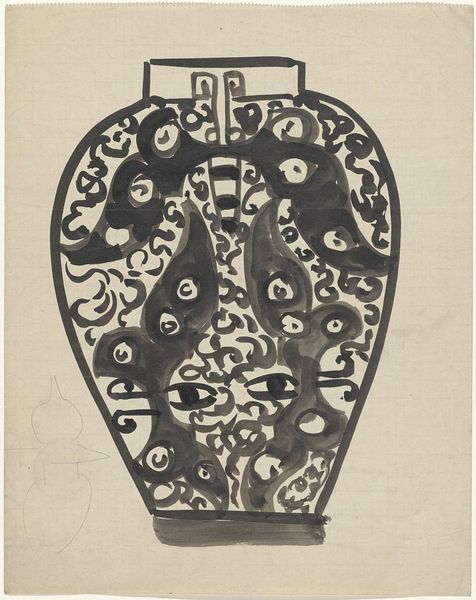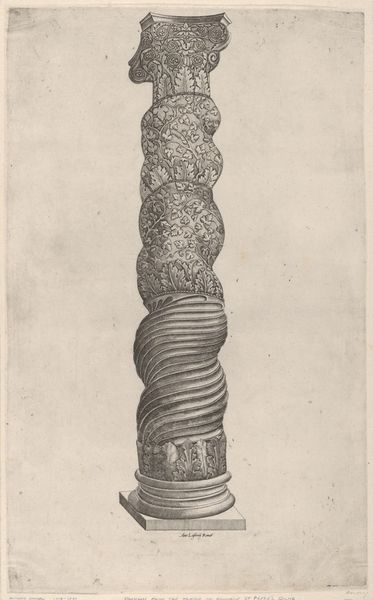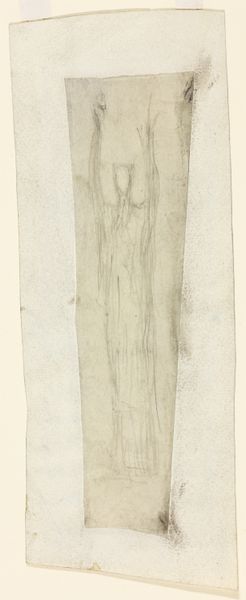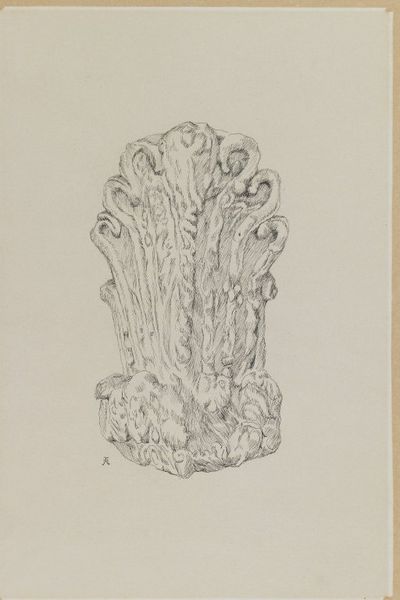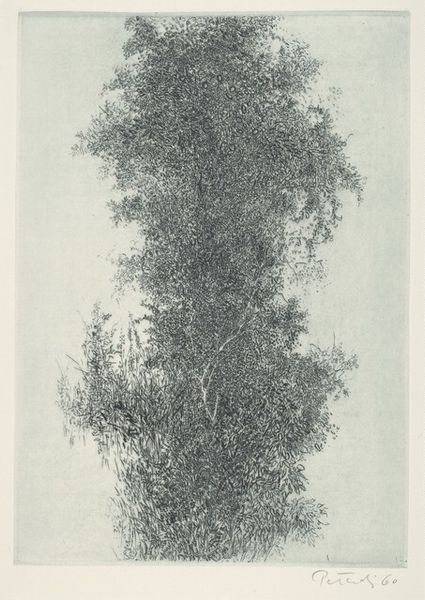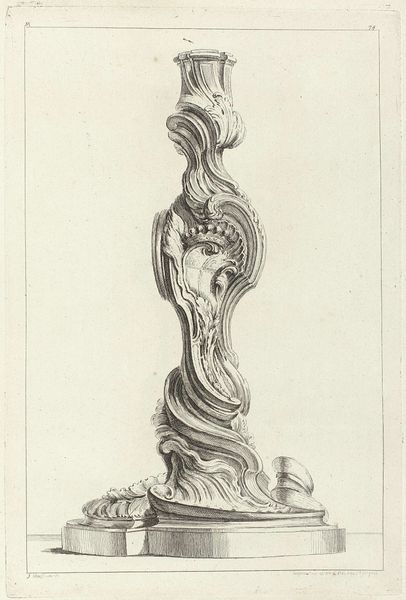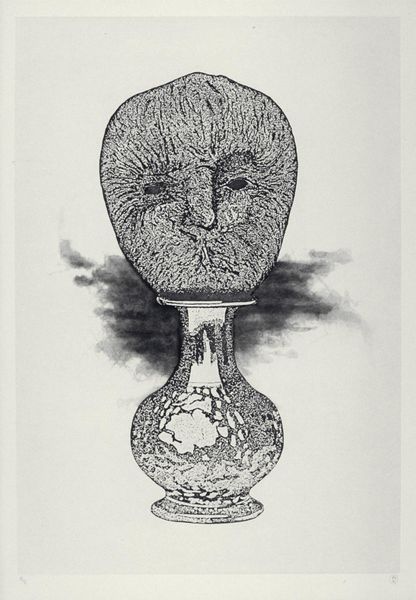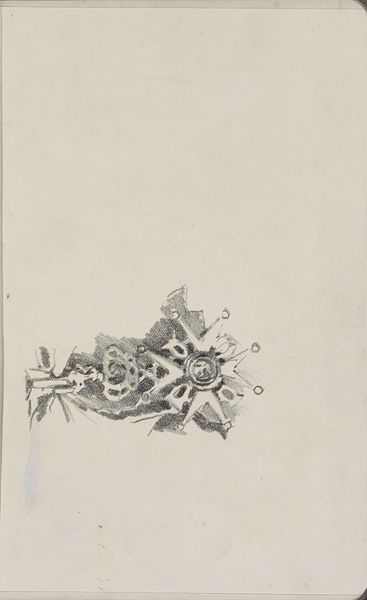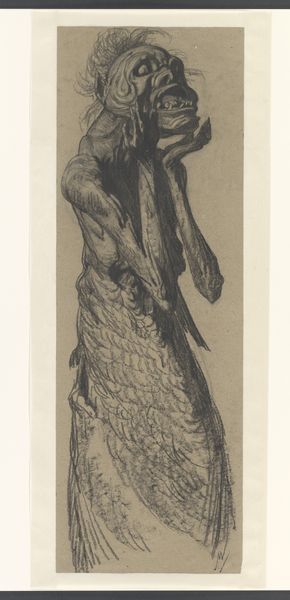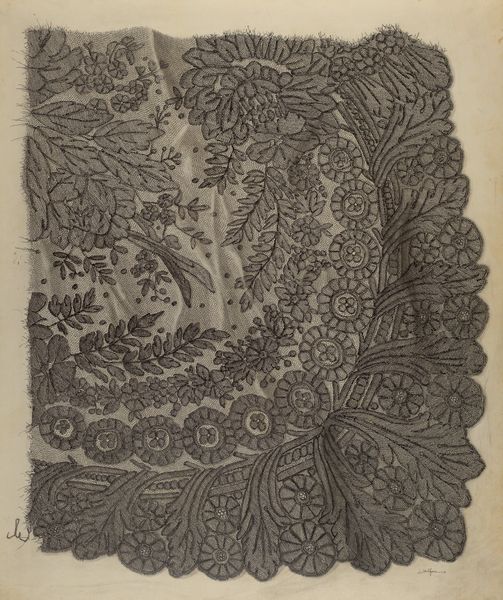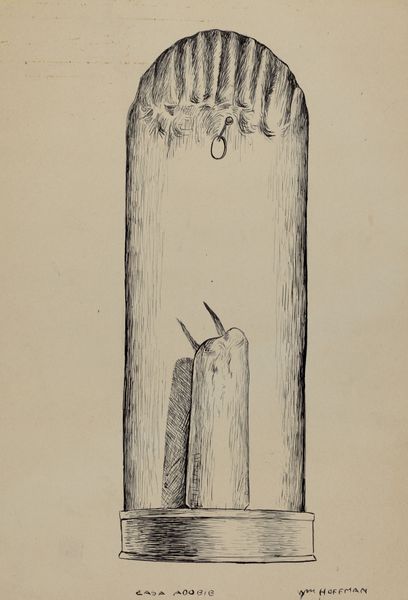
drawing, paper, ink
#
drawing
#
paper
#
ink
#
abstraction
Dimensions: height 149 mm, width 91 mm
Copyright: Rijks Museum: Open Domain
Curator: Upon initial viewing, I’m struck by the intricate chaos of the forms. The heavy use of lines suggests movement, as if the plant matter is growing and decaying all at once. Editor: Indeed. What we’re looking at is Leo Gestel’s “Bloemenstruik,” or “Flower Shrub” created sometime between 1891 and 1941. Gestel, particularly in this period, was engaging with various avant-garde movements. His earlier social realism gradually shifted to embrace a form of expressionism steeped in abstraction. Curator: So it reflects a wider interest in abstraction happening in artistic circles? This seems to anticipate the way the early modernists broke down representational forms to access deeper, perhaps spiritual, truths. Editor: Precisely. And even on a material level, one can observe Gestel working in ink on paper. What initially seems like a chaotic network is a calculated rendering of line and shape; it’s interesting how the density of the ink creates varied depths. There's a sense that even the bare paper contributes to the overall dynamic. Curator: Right, that the political turmoil between the late 19th century and interwar period informed a desire to disrupt conventional aesthetic expectations feels important. Do you see, maybe, some connection with social anxiety of the age? Editor: Absolutely. It seems fair to argue Gestel uses this composition of seemingly random growth and decay to reflect back anxieties during a period of significant transformation. Curator: Well, looking at this work has really opened up the various pressures being wrought upon artists during such times. Thank you! Editor: It’s in parsing the interplay between chaos and form that we can really appreciate Gestel’s work. A rewarding dialogue.
Comments
No comments
Be the first to comment and join the conversation on the ultimate creative platform.
